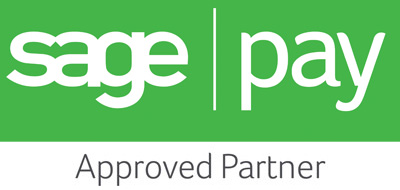Marketing – The Bigger Picture
Any marketing activity needs to be measured in order to assess the effectiveness of the campaign and the message.The response to print advertisements can be tricky to measure without including a discount code or similar tag that customers can use to indicate that their purchase activity is directly related to a particular campaign. Digital marketing offers more opportunities for measurement by using trackable links, and following the customers' journey from their initial reaction to an email, a social media campaign or a paid advertisement all the way to making a purchase.This is great because it offers marketers valuable insights into the successes and the possible pitfalls of a campaign; the metrics can be analysed to identify the points at which people drop out of the purchase pathway and this can then improve the next campaign, and the ones after that.
However, assessing the broader impact of a campaign is a little harder to do using measurable criteria, and there is a lot to be said for the impact of campaigns improving the reputation of a company both online and offline. Even adverts that are not clicked on may be having an impact on consumer behaviour, because currently there is a lack of ability to measure customer activity when they switch between devices – a consumer may see an advert for shoes they like on a social media feed, or on a search engine using their mobile phone, but then switch to a device with a bigger screen to have a better look at the item in question. In terms of measurement a marketer would reasonably assume that a particular customer has not actioned an ad they've seen on their phone, and that the purchaser of the item is a different person.This can seriously skew the metrics on that campaign, so marketers should always look at the effectiveness of a campaign with the wider context of sales of a promoted item.
The effect of a successful promotion can last long after the campaign has ended and the length of time between campaign impression and consumer action can vary greatly between different industries – people may not be in the market for a new car when they see an advert, but that could very well stick in their mind and they will choose that model or brand when they are at the point of purchase.These sales can be attributed to marketing activity, but it is impossible to accurately assign each sale to a particular campaign if there are no direct links.
These untracked customer actions are a form of added value to a marketing campaign, so it is reasonable to assume that the actual reach and effect of promotional activity is higher than measurable statistics suggest.If all metric reporting was made obsolete tomorrow, marketers would still continue to use digital advertising channels, because we know that these activities have a positive impact on sales and brand perception in general.
The good news is that digital measurement tools are not going anywhere, so marketers can always use these fixed metrics to determine the success of a campaign. Even better news is that it is possible to track brand perception on social media by tracking hashtags and using the information from Twitter analytics and Facebook insights to see how much people are talking about your brand, and whether this is positive or negative.
Consumer surveys can offer marketers a cross section of their potential audience and their opinions of a company and their products or services, but this requires the surveys to be taken shortly after a campaign has ended in order to get the most useful responses.In-person focus groups are also a good way of finding out exactly what members of the public think of your brand, but these can be costly to set up and analyse compared to the survey or social media analytics routes.
There is a lesson for marketers and business owners alike here, and that is not to under-value the effectiveness of a marketing campaign based solely on trackable metrics that define a particular user journey.It is always advisable to take a step back and look at the wider impact of marketing activity on sales, as well as on brand perception and loyalty.In an ideal world every customer in your database would have a tag identifying how they came to purchase from your brand and although trackable metrics can go some way to cataloguing these people there are other factors at play here, which are harder to pin down.The bigger picture is always more rosy than a narrow snapshot of your marketing activities and this effect should not be underestimated when it comes to assessing the impact of promotions and campaigns.
